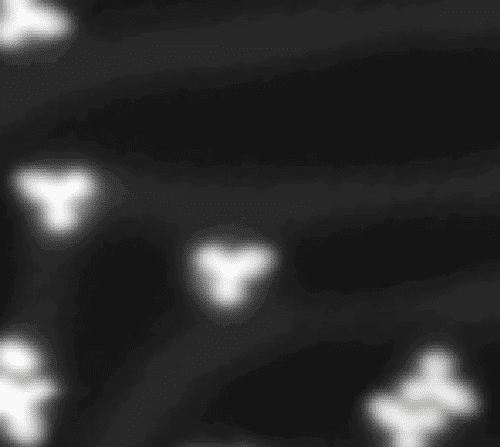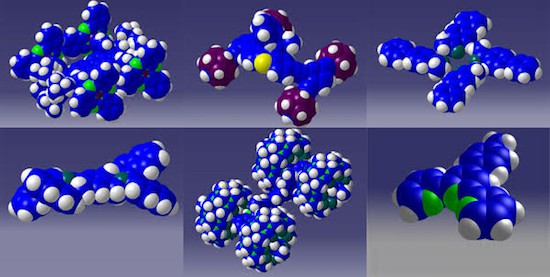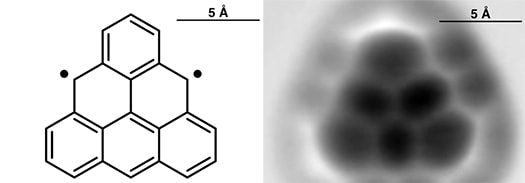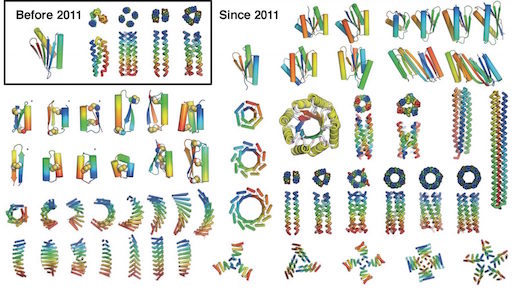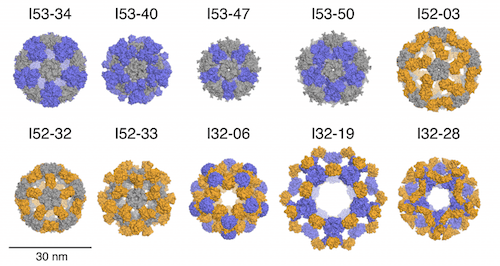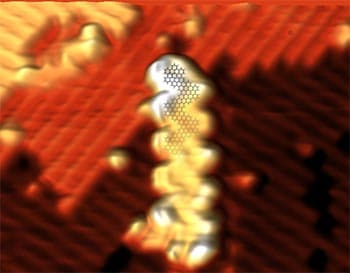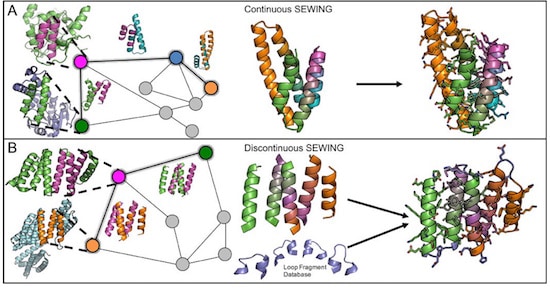Our previous post announced a race around a 100 nm course of six NanoCars, each a unique concept created from only several dozen atoms and powered by electrical pulses. The race was run a few weeks later and two winners declared, due to two different tracks being used. From Swiss news “Swiss team wins shortest… Continue reading USA-Austrian and Swiss Nanocars finish first in first Nanocar race
USA-Austrian and Swiss Nanocars finish first in first Nanocar race
